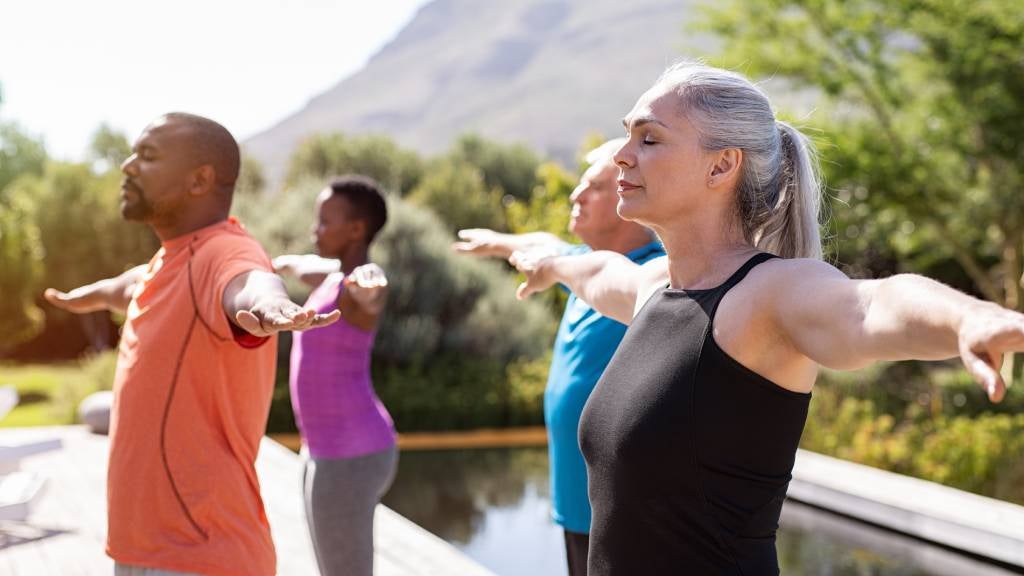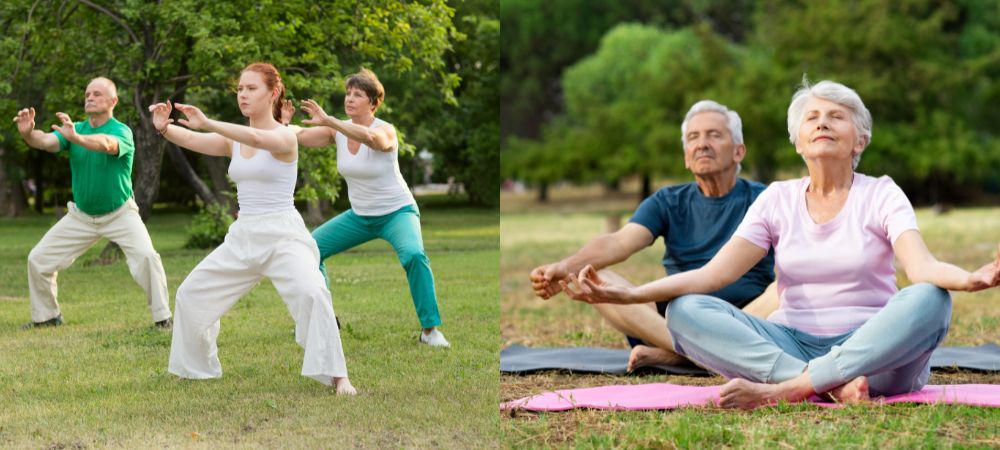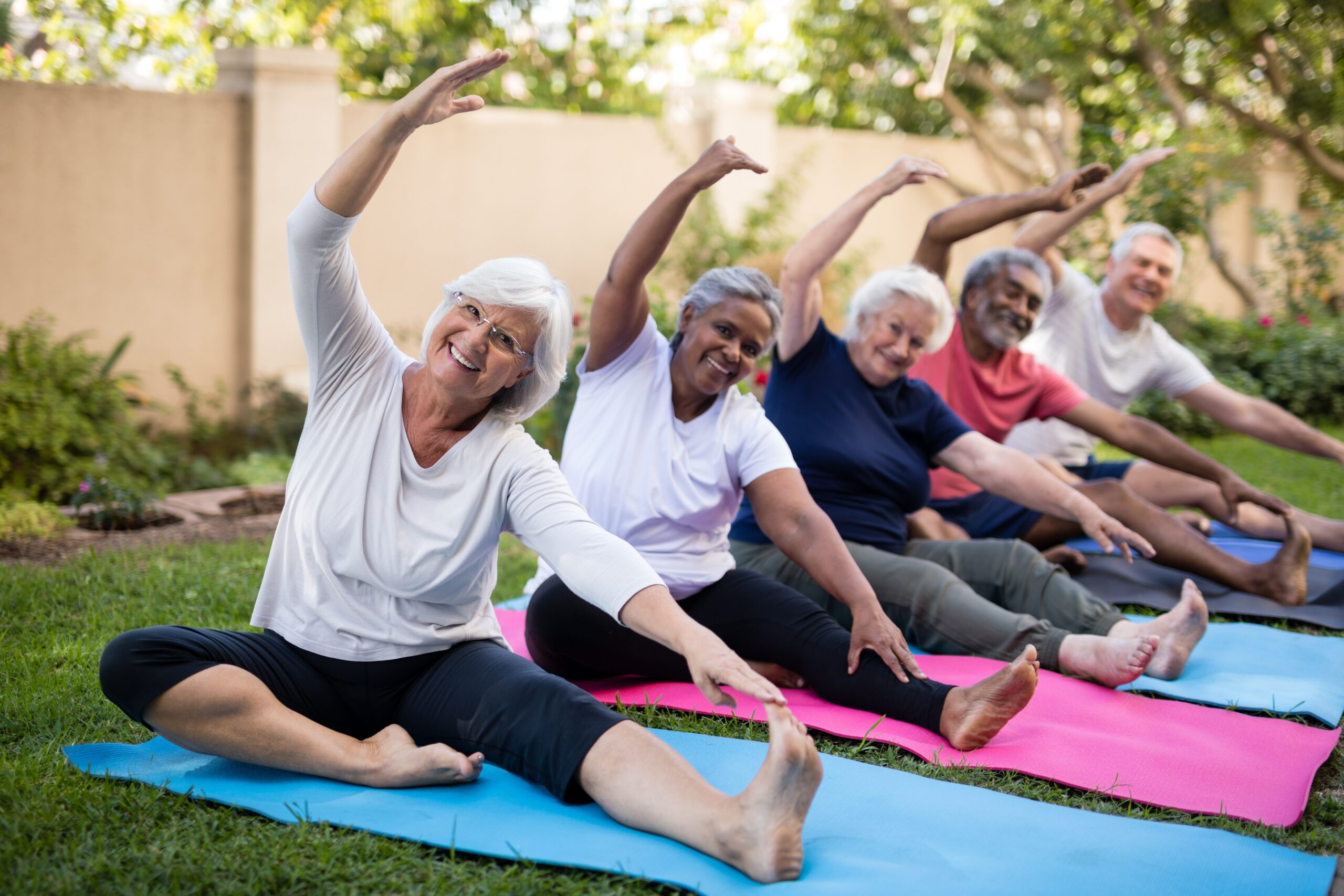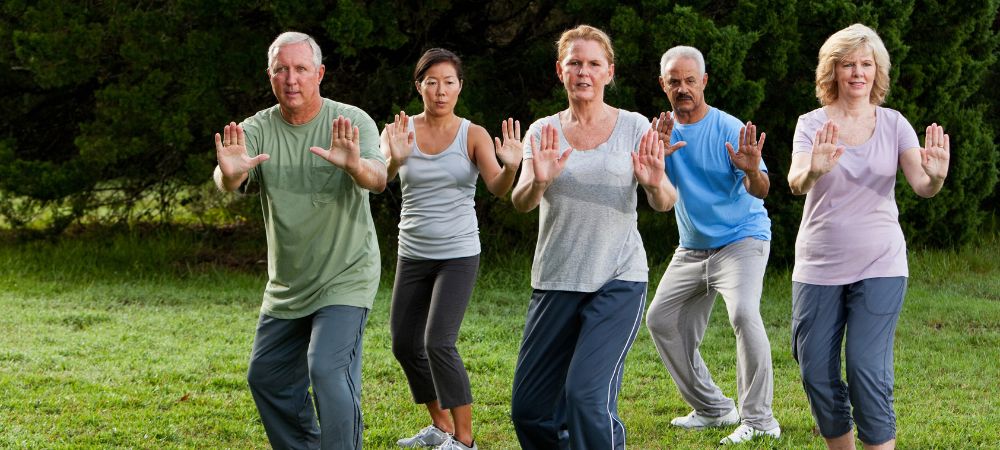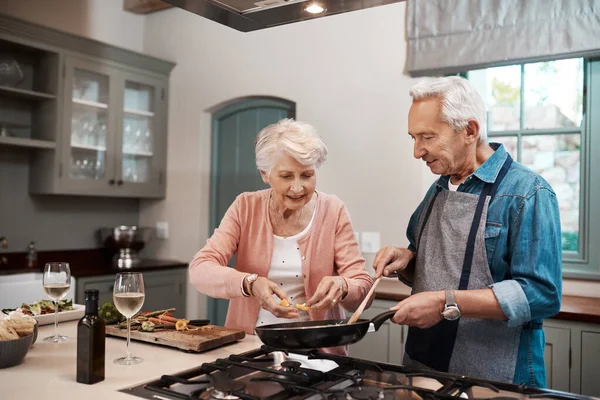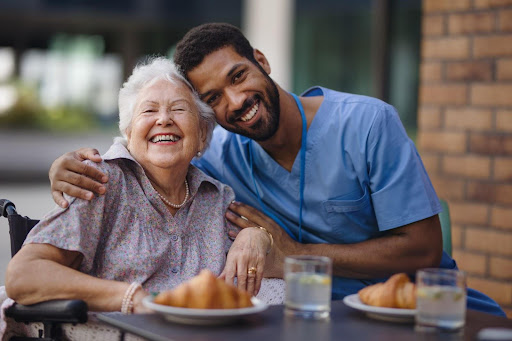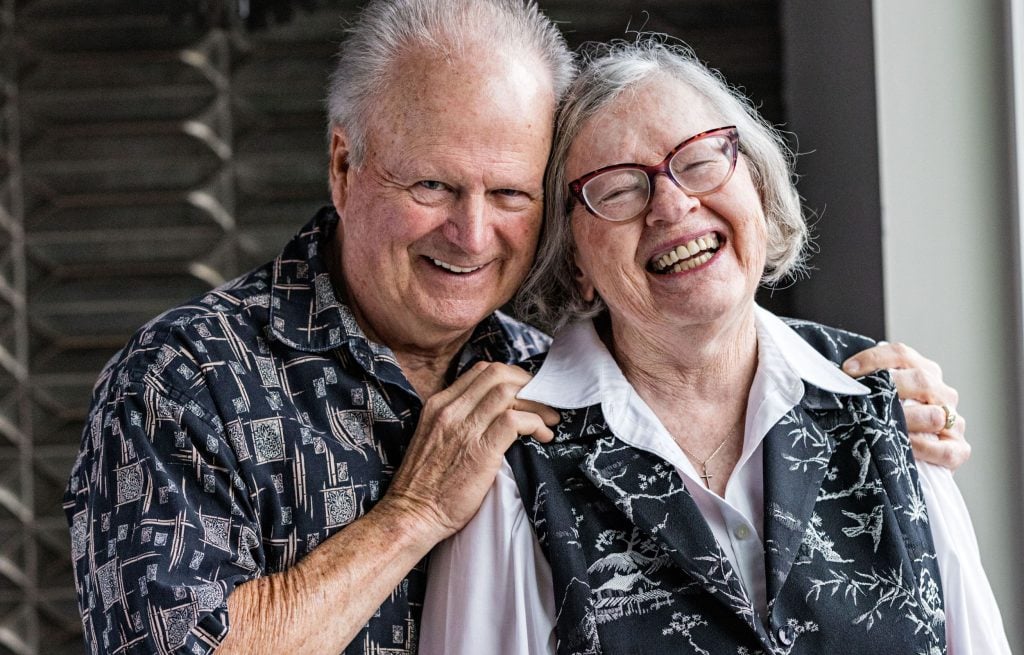Top 7 Exercises to Boost Senior Health and Longevity: Stay Strong, Mobile, and Illness-Free
Keywords:
best exercises for seniors, fitness for older adults, workouts for the elderly, how to stay healthy after 60, prevent illness in aging, senior mobility training, physical activity for seniors, aging well tips, strength training for seniors, healthy aging exercises
Introduction: Exercise is the Best Medicine for Aging Gracefully
As the global population ages, the emphasis on healthy aging has never been more critical. In the U.S. and Europe, millions of seniors face chronic illnesses, mobility challenges, and reduced independence. But here’s the good news: regular physical activity is one of the most powerful tools to combat aging-related decline.
Studies show that seniors who exercise regularly live longer, are less likely to develop chronic diseases, and report higher levels of happiness and mental clarity. Whether you're 60 or 90, it's never too late to start moving.
🏃♂️ 1. Walking: The Most Accessible Full-Body Exercise
Why it works:
Walking is low-impact, easy on the joints, and improves cardiovascular health, bone density, and mood.
Benefits:
- Reduces risk of heart disease and stroke
- Improves balance and coordination
- Helps maintain a healthy weight
Tips:
- Aim for 30 minutes a day, 5 days a week
- Use supportive shoes and walk on flat, safe surfaces
- Invite a walking buddy or join a local senior walking group
🧘 2. Tai Chi: Gentle Movements, Powerful Results
Why it works:
Tai Chi is often described as "meditation in motion." This ancient Chinese practice improves balance, coordination, flexibility, and mental clarity.
Benefits:
- Reduces fall risk by up to 45%
- Relieves arthritis and joint stiffness
- Boosts concentration and reduces stress
Tips:
- Join a beginner Tai Chi class at a local community center or online
- Practice 15–30 minutes per day
- Focus on slow, fluid movements and deep breathing
🧎♂️ 3. Chair Exercises: Safe Workouts for Limited Mobility
Why it works:
Chair exercises are ideal for seniors with limited mobility or balance issues. They help build strength and increase circulation.
Benefits:
- Improves posture and core stability
- Safe for seniors recovering from surgery or illness
- Can be done anywhere, anytime
Sample Movements:
- Seated leg lifts
- Arm circles and stretches
- Seated marching and shoulder rolls
🏋️ 4. Light Strength Training: Build Muscle and Prevent Frailty
Why it works:
After the age of 50, we lose up to 1–2% of muscle mass per year. Strength training is essential to maintain independence and prevent falls.
Benefits:
- Strengthens bones and joints
- Enhances metabolism and energy levels
- Prevents sarcopenia (age-related muscle loss)
Tips:
- Use light dumbbells or resistance bands
- Train 2–3 times per week, with 48-hour rest between sessions
- Focus on major muscle groups: legs, arms, back, and core
🚴 5. Stationary Biking or Cycling: Heart and Joint Health Combined
Why it works:
Biking is an excellent aerobic exercise that’s gentle on the knees and hips while boosting cardiovascular endurance.
Benefits:
- Improves heart and lung function
- Burns calories and improves mood
- Enhances leg strength and joint flexibility
Tips:
- Start with 10–15 minutes and build up gradually
- Choose a recumbent bike for extra back support
- Listen to music or podcasts to stay motivated
🧘♀️ 6. Yoga for Seniors: Flexibility, Balance, and Inner Calm
Why it works:
Yoga helps seniors stretch safely, improve breathing, and reduce anxiety. It also strengthens small stabilizing muscles critical for balance.
Benefits:
- Increases flexibility and mobility
- Enhances mindfulness and body awareness
- Alleviates chronic pain and tension
Tips:
- Begin with "gentle" or "chair yoga" classes
- Use props like blocks, straps, and cushions
- Always move within a comfortable range of motion
🏊 7. Water Aerobics: Total Body Training with Zero Joint Impact
Why it works:
Water provides natural resistance while cushioning the joints—perfect for seniors with arthritis or chronic pain.
Benefits:
- Strengthens muscles without strain
- Improves circulation and balance
- Reduces swelling and stiffness
Tips:
- Join a local pool program or community class
- Try water walking, leg lifts, or flutter kicks
- Swim 2–3 times a week for optimal benefits
🧠 Bonus: Combine Exercise with Brain-Boosting Activities
Aging well is not just about moving the body—it’s also about keeping the mind sharp.
Try combining:
- Walking + listening to audiobooks
- Tai Chi + memory games
- Dancing + learning new routines
These dual-task activities improve cognitive function, neuroplasticity, and mental resilience.
⚠️ Safety First: Before You Start
- Consult your physician before beginning a new exercise routine
- Warm up and cool down properly
- Stay hydrated and avoid overheating
- Wear appropriate clothing and shoes
- Start slow and listen to your body
✅ Conclusion: Movement is the Key to a Long, Independent Life
Exercise is the single most important habit seniors can adopt to extend life, prevent disease, and maintain independence. It’s not about lifting heavy weights or running marathons—it’s about consistency, joy, and moving every day.
Whether it’s a 15-minute walk, a gentle yoga class, or light resistance training, the path to healthy aging begins with a single step. Encourage your loved ones—and yourself—to make movement a daily medicine.
🔎 Popular Search Phrases You Can Use
- Best exercises for seniors over 65
- How to stay healthy and fit after retirement
- Prevent illness through exercise
- Easy workouts for elderly at home
- Safe strength training for older adults
- Fitness tips for seniors with arthritis
- Chair yoga for limited mobility
Keywords (SEO optimized):
best exercises for seniors, fitness for older adults, workouts for the elderly, how to stay healthy after 60, prevent illness in aging, senior mobility training, physical activity for seniors, aging well tips, strength training for seniors, healthy aging exercises


